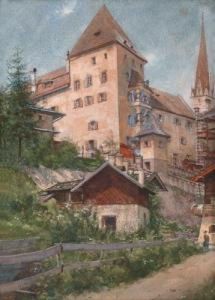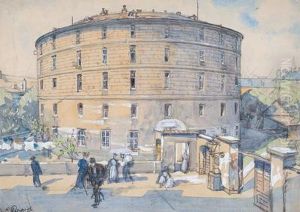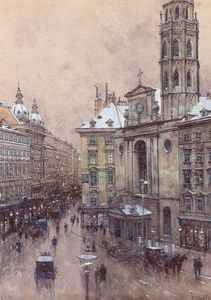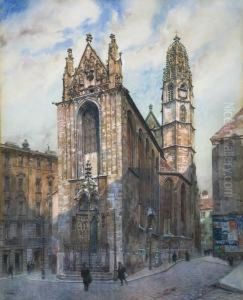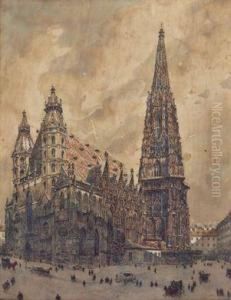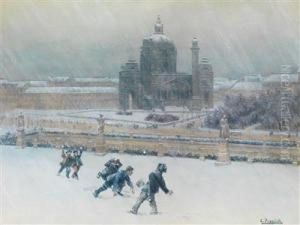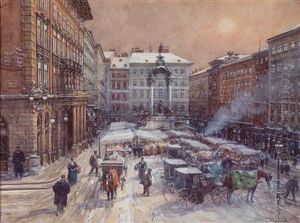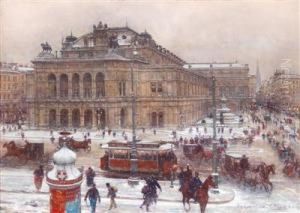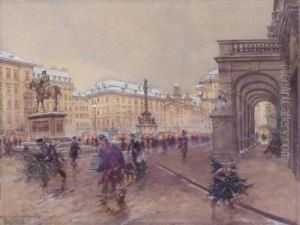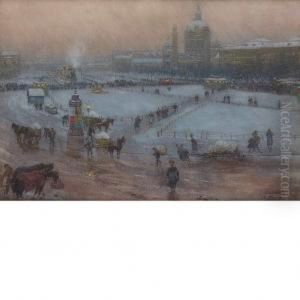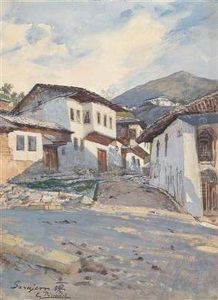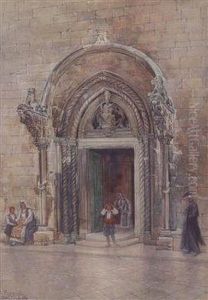Carl Pippich Paintings
Carl Pippich (1862-1932) was a notable German artist known for his contributions to painting and his unique style that captured the essence of his era. Born in the late 19th century, Pippich's early life was marked by the influences of the Romantic and later Impressionist movements, which were prevalent during his formative years. His education in the arts began at a young age, nurtured by the vibrant cultural scene in Germany at the time.
Pippich's work is characterized by a vivid use of color and a dynamic composition technique. Throughout his career, he experimented with various subjects, including landscapes, portraits, and historical scenes, showcasing his versatility as an artist. His ability to blend traditional techniques with emerging styles of his time allowed him to create a distinct body of work that was both reflective of the period's artistic trends and uniquely his own.
In addition to his painting, Pippich was also involved in the artistic community as a teacher and mentor, influencing a younger generation of artists. His commitment to the arts was evident in his participation in various exhibitions and his role in art organizations, which helped to foster a rich artistic environment in Germany during the late 19th and early 20th centuries.
Despite the challenges faced during his lifetime, including the upheavals of World War I and the changing landscape of the art world in the early 20th century, Pippich remained dedicated to his craft. His work continued to evolve, reflecting his personal experiences and the broader societal changes of his time. Today, Carl Pippich's legacy lives on through his contributions to the art world, with his paintings held in both public and private collections worldwide. His life and work offer a fascinating glimpse into the artistic movements and cultural shifts of his era, marking him as a significant figure in the history of German art.
